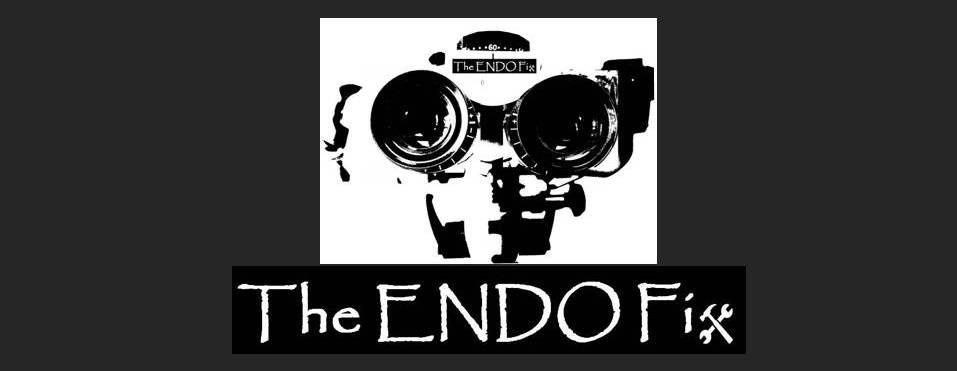My program director, Fred Barnett is one of the finest educators I’ve ever known, and I have spent more than a ridiculous amount of getting educated. Due to his vision and progressiveness I was lucky enough to have implant courses which I readily soaked up. Additionally, I had a great lecture from my now buddy John Khademi, that centered mainly on “looking at things through the restorative lense.” Which as a restorative dentist practicing before my endo program, came naturally and made decision making easier. Many of the problems associated with implants at the time were associated with misplacement, issues with abutments, and occlusal spacee etc. So, the fix for their problem was that the model of implants needed to be restoratively driven. So, I made the leap, namely that those processes that were necessary and sufficient to rehabilitate compromised teeth with endodontics needing to be seen and guided through the restorative lens. And thus, Restoratively Driven Endodontics was born in my mind.
Here’s the definition as it sits today:
“Restoratively Driven Endodontics is the overarching philosophy that guides clinical decision making and strategic management to maximize the potential for favorable patient centered outcomes in the rehabilitation of compromised teeth. “
I gave the first iteration of Restoratively Driven Endodontics at Albert Einstein in 20011, and then the more updated version in 2012 in Carroll County. It continues to evolve as new evidence presents itself.


What’s interesting is what’s developed over the last decade. Certainly a great deal.
If Restorativley Driven Endodontics is the overarching philosophy there are some main ideas that act as pillars that support it. Those pillars of Restoratively Driven Endodontics include Conservation of Tooth Structure, Exacting Restorative Methodology, Dental Conditions Management, Hostility Management, and Restorative Treatment Planning. We will tackle these in time, and touch on them with cases as we go along.
As we tackle Restoratively Driven Endodontics the landscape of what we know and how we do it will undoubtedly change. The armamentarium of models guiding our thinking and the technology that guides our processes will hopefully drive better outcomes for our patients. With that in mind it is important that we realize that many concepts are linked. Such that it is hard to understand one area, without having knowledge of another.

To that end, the efforts of this blog will be to illuminate and elucidate the network of these mutually supporting ideas, concepts, practices, and philosophies in a coherent way.
